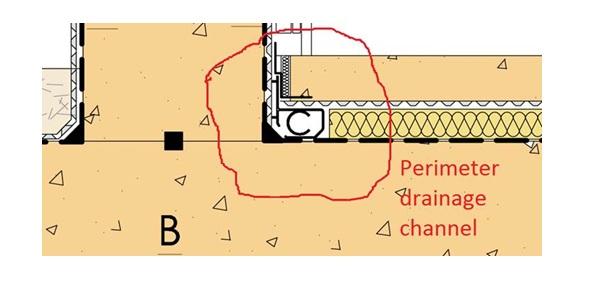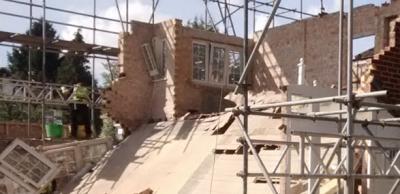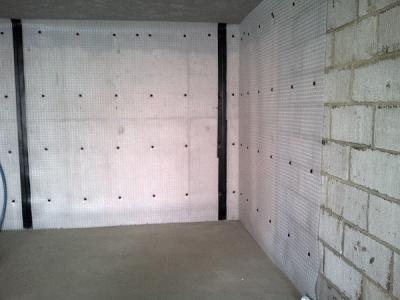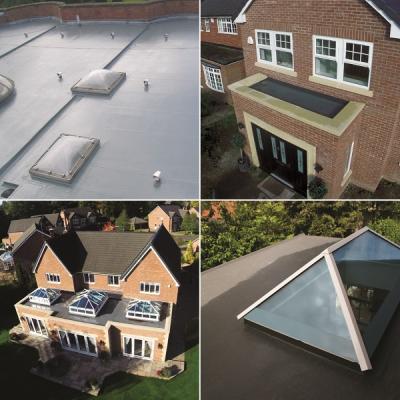Basement waterproofing and BS 8102: how to achieve compliance with the Building Regulations
Building Regulations Approved Document C recommends using BS 8102 to design basements where walls and floors are subject to water pressure.
Three methods of basement waterproofing are defined in the standard:
- “Type A” (barrier protection) which requires a tanking membrane
- “Type B” (structurally integral protection) relies on the quality of the concrete structure only and is not suitable for all applications
- “Type C” (drained protection) allows water into the structure, but collects it and drains it away from the occupied areas.
The standard requires that a waterproofing system be kept accessible for maintenance and servicing to ensure it continues to perform. But while there are fewer maintenance issues with Type A and Type B systems, Type C requires maintenance to prevent the build-up of limescale in the drainage channels as these images show.

Fig. 1 - Membrane completely blocked Fig. 2 Trapped water escaping from behind the membrane
Important considerations with basement waterproofing
- Where such channels are provided, it’s essential that any limescale can be cleared either by dissolving, flushing or rodding.
- Without accessibility, there’s a risk the cavity drainage system will be blocked and fail to perform, so consider the effect of the remedial works - the entire system generally would need to be replaced.
- For a “Type C” cavity drainage system to meet BS 8102, the system must be accessible for servicing and maintenance. The best way to achieve this is by providing access to perimeter drainage channels.
A well designed basement waterproofing system that’s been correctly installed will provide years of good performance if adequately maintained.
For more information on how to get it right, see Chapter Six of the free-to-download LABC Warranty Technical Manual and read our Better basement design and construction guide. Also take a look at our page about working with basements and building regulations.
Please Note: Every care was taken to ensure the information was correct at the time of publication. Any written guidance provided does not replace the user’s professional judgement. It is the responsibility of the dutyholder or person carrying out the work to ensure compliance with relevant building regulations or applicable technical standards.
Sign up to the building bulletin newsletter
Over 48,000 construction professionals have already signed up for the LABC Building Bulletin.
Join them and receive useful tips, practical technical information and industry news by email once every 6 weeks.
Subscribe to the Building Bulletin




Comments
Type C cavity drainage system.
Submitted 1 year 7 months ago
Who is responsible for the membrane damage and maintenance ? Please advise. Thank you.
LABC Response
Submitted 1 year 7 months ago
Thank you for your enquiry.
The aspect of responsibility in terms of damage and maintenance is not a matter for building regulations, it is a civil matter that will need consideration in terms of the rights and responsibilities of the Party Wall Act 1996 between the 2 owners.
Best,
LABC Team
Ychwanegu sylw newydd